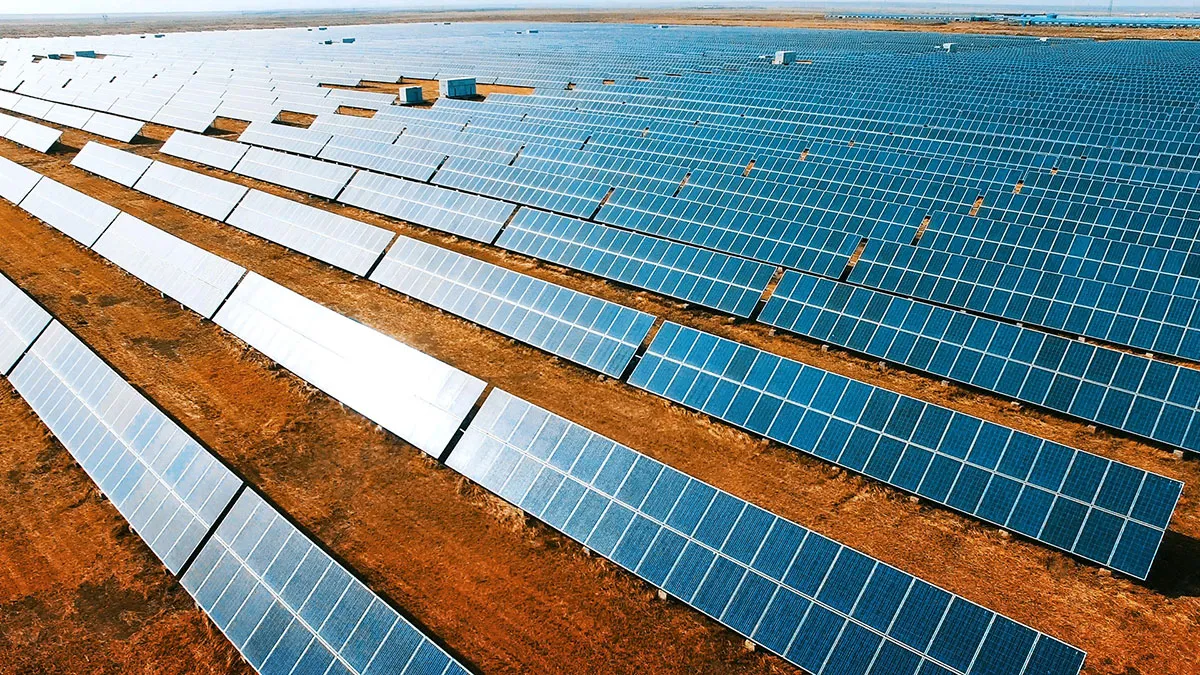Dive Brief:
- Renewable energy's share of global power generation will rise from 26% today to 30% in 2024, according to new data from the International Energy Agency (IEA).
- Solar generation will make up almost 60% of renewables growth, with onshore wind representing 25%. Offshore wind remains nascent and is projected to contribute 4%, but its capacity is forecast to triple by 2024.
- Total solar capacity is expected to grow 250% over IEA's forecast period, reaching almost 1.2 TW in 2024 with distributed solar projected to make up almost half of that growth. Despite the anticipated increase, the agency said renewables projections remain "well below what is needed to meet global sustainable energy targets."
Dive Insight:
The world is adding renewable resources at a solid clip, aided by falling prices and clean energy policy, but IEA says it will not be enough to meet global climate goals.
Renewables are the world's second largest source of electricity, "[b]ut their deployment still needs to accelerate if we are to achieve long-term climate, air quality and energy access goals," IEA Executive Director Fatih Birol said in a statement.
In 2015, almost 200 nations signed a historic climate accord vowing to keep the impact of climate change "well below" 2 degrees Celsius. Under the Trump administration, the United States withdrew from the Paris climate accord in 2017.
IEA's analysis concludes there are three main challenges to the deployment of green power: policy and regulatory uncertainty, high investment risks, and challenges to integrating intermittent resources onto the power grid. A major catalyst, on the other hand, is the continued decline in price.
"As costs continue to fall, we have a growing incentive to ramp up the deployment of solar PV," Birol said.
IEA's analysis found the cost of generating electricity from distributed solar systems is already below retail electricity prices in most countries, and the agency expects those costs will decline another 15% to 35% by 2024.
"Distributed PV's potential is breathtaking, but its development needs to be well managed to balance the different interests of PV system owners, other consumers and energy and distribution companies," Birol said.
Globally, IEA forecasts distributed solar capacity to increase over 250% during the forecast period, reaching 530 GW by 2024.
"Compared with the previous six-year period, expansion more than doubles, with the share of distributed applications in total solar PV capacity growth increasing from 36% to 45%," the report notes. "Commercial and industrial systems remain the largest growth segment because they are usually more inexpensive and have a relatively stable load profile during the day that can enable larger savings on electricity bills, depending on the policy scheme in place."
Growth beyond solar
Wind energy is also expected to see significant growth, with the offshore segment moving up quickly.
Offshore capacity is expected to increase almost 300%, adding 43 GW to reach 65 GW in 2024. By then, offshore facilities will be producing almost 10% of total world wind generation, according to the report. IEA expects onshore wind capacity to grow 57%, to 850 GW by 2024, in its main case forecast.
Hydropower is currently the largest renewable energy source and will hold that title through 2024, according to IEA. Capacity will increase 9% over the forecast period, led by China, India and Brazil.
IEA says its forecast could wind up conservative if governments address challenges and risks associated with adding more renewables. In an "accelerated case," IEA said renewable capacity growth could be 26% higher than the report's main forecast.















